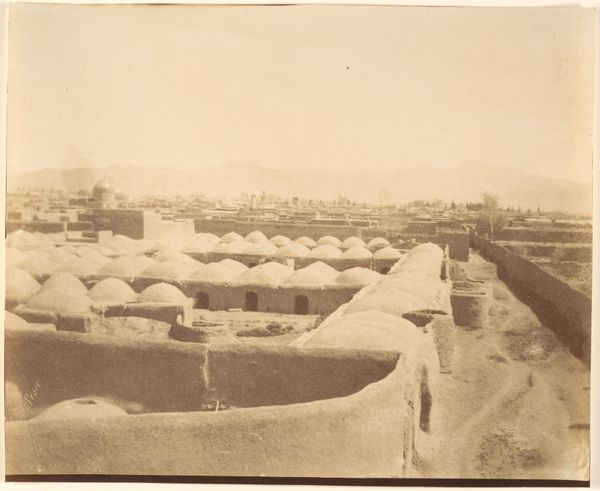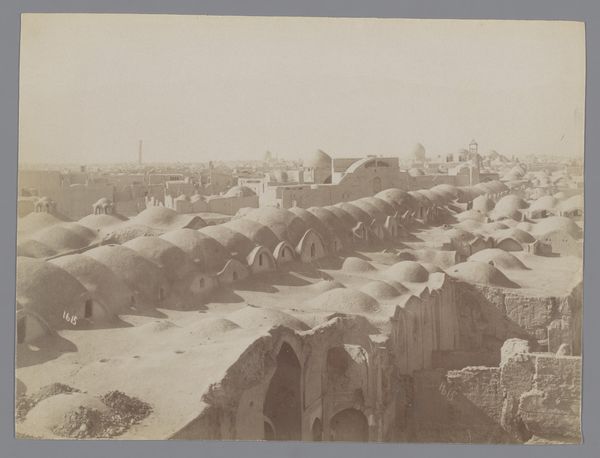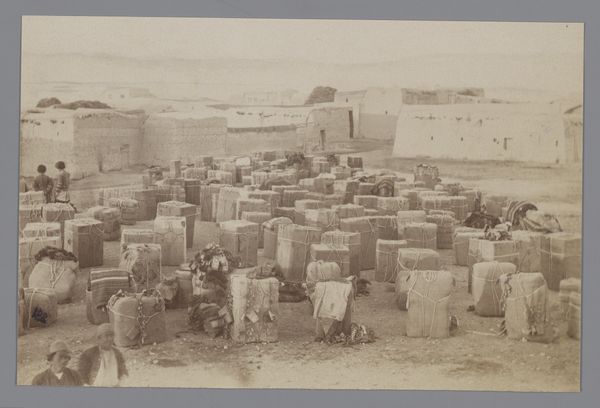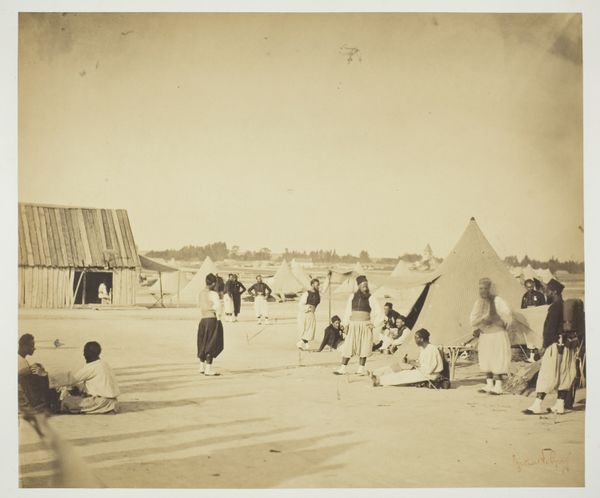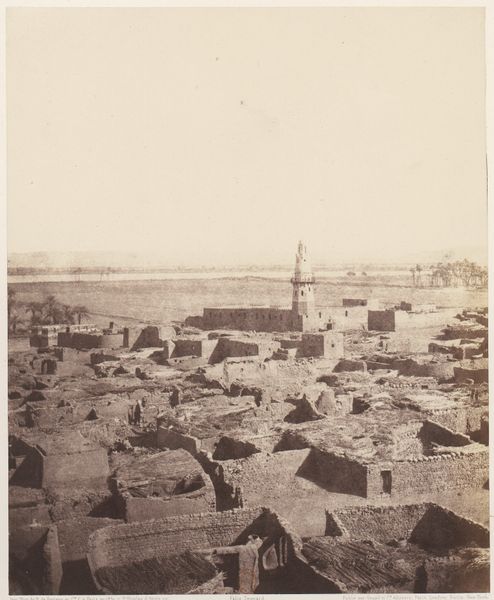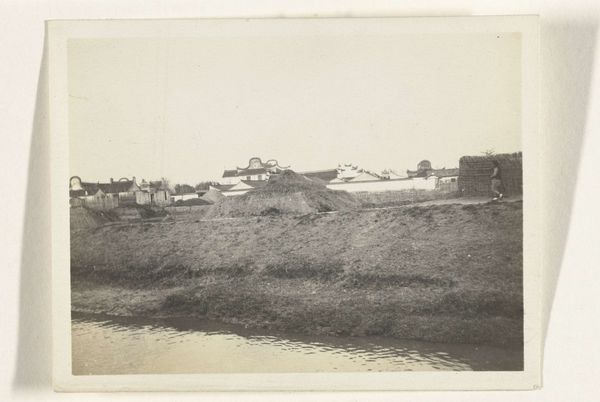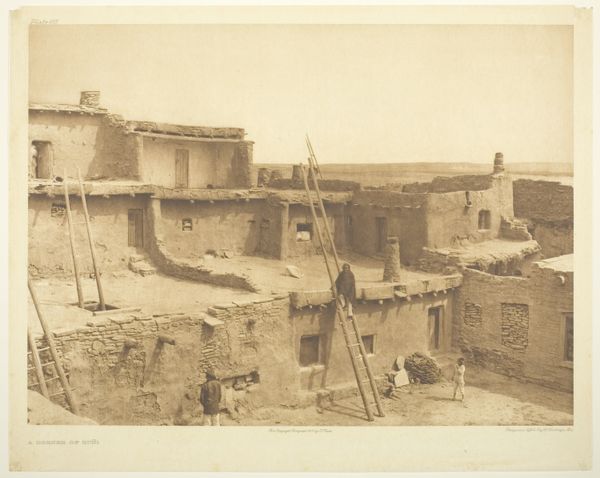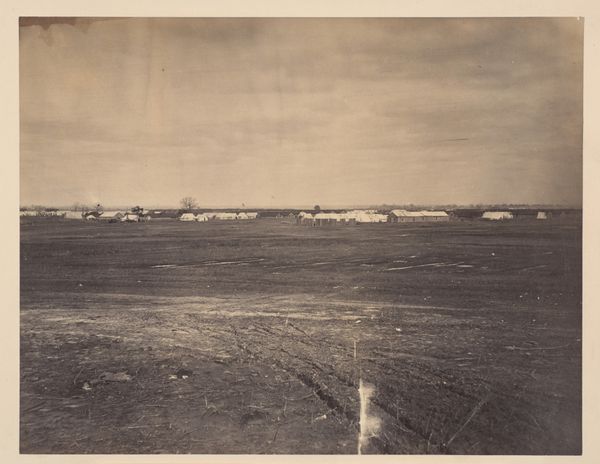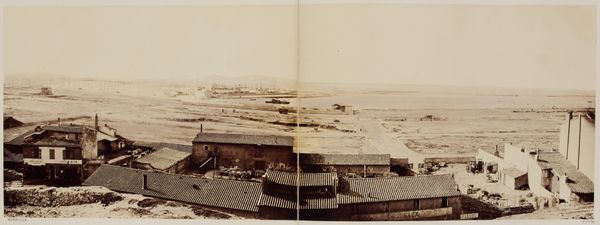
daguerreotype, photography
#
film photography
#
daguerreotype
#
photography
#
ancient-mediterranean
#
orientalism
#
cityscape
#
islamic-art
Copyright: Public Domain
Editor: Here we have "Teheran," a daguerreotype photograph from 1858 by Luigi Pesce, currently held at the Metropolitan Museum of Art. It feels almost otherworldly, looking at the uniformity of the domed structures. How do you interpret this work, focusing on its composition? Curator: The image presents a compelling study in form. The repeated dome shapes create a visual rhythm, almost a meditative pattern. Note how the photographer positions the viewpoint to emphasize these receding shapes. The lines draw the eye into the distance. Editor: It’s the repetition that's really striking, and also the contrast with the sharper edges of the surrounding walls. Does that play a role in the piece's impact? Curator: Precisely. The contrast accentuates both forms, intensifying the visual interest. It’s about balance. How the photographer employs the limited tonal range of the daguerreotype itself further contributes to this dynamic; it simplifies the scene to its most essential geometries. Editor: It's fascinating how such simple shapes become complex and textured. This wasn't just a record of a city, was it? It's a carefully constructed piece of visual art. Curator: I would agree. It transcends simple documentation through its sophisticated management of form, line, and tone. By abstracting the reality into essential structures it generates an aesthetic and formal investigation into pattern and perspective. Editor: So, it seems Pesce used this technology to find something poetic in the architectural landscape of Teheran. I learned so much looking at its formal structures! Curator: As have I. Reconsidering such familiar elements often produces the most unexpected discoveries.
Comments
No comments
Be the first to comment and join the conversation on the ultimate creative platform.
